
10 Easy Books to Read in Spanish That Language Learners Love
DATE:
Let’s face it: learning a language takes a lot of time and dedication. But that doesn’t mean you should spend all that time memorizing conjugation charts and doing grammar exercises.
Reading books is an excellent way to improve your language skills, regardless of your level. And if you find books that you’re interested in, it also is a great way to pass the time doing something you enjoy.
So we’re here to give you recommendations on where to start so that you’ll have the skills to go out there and conquer the world of Spanish literature.
Why you should be reading in Spanish
First of all, reading in any language is always a great way to spend your time. It keeps your brain active, opens your mind, and usually you end up finding amazing stories to love.
Reading in a foreign language is truly one of the best ways to master a language. You’ll learn new vocabulary and Spanish grammar structures and, most importantly, learn these things in context.
Learning languages in context is key to actually remembering everything you’ve studied, so Spanish language books are an indispensable asset. Whether you’re a paperback lover or a digital reader, there are a ton of resources for you to take advantage of.
And besides the fact that you’ll improve your language skills, reading Spanish stories is one of the best ways to learn about the culture. Spanish novels can be a window into the culture and you’ll often find they’re very different from English books.
So what are you waiting for? There’s a whole new world of books out there for you to read!
What kind of books to read
Now, of course, your Spanish comprehension skills are likely much lower than your English ones. For Spanish learners, this means you’ll have to choose carefully what you read.
For example, you might be itching to read the Nobel Prizing winning Spanish novel 100 años de soledad, but let’s be honest – you’re not there, yet.
But that shouldn’t discourage you, you still have a ton of Spanish books that you’ll definitely be able to read and enjoy. It’s best to just choose some Spanish reading material that is more beginner-friendly.
If you have just started learning Spanish, a good option is to choose a Spanish children’s book. It might not be the most captivating story, but when you finish the book, you’ll have learned some new words and be more motivated to read something more difficult.
Outside of children’s books, there’s lots of other Spanish books for beginners. Try choosing books that are designed for middle schoolers. They can be slightly more challenging and you’ll likely need to keep a dictionary at hand, but they’ll certainly be more interesting than a children’s book.
Once you feel comfortable reading at a higher level, an effective method of improving is by reading a Spanish version of a book you’ve already read. This way, you don’t have to struggle to figure out the plot and you can focus on the language.
That should give you plenty of options to keep you entertained on your Spanish learning journey and once you’re no longer a beginner, you can make your way to some of the classic Spanish stories that tend to be more difficult.
Learning a language is all about being consistent. Check our picks for best apps to learn Spanish that will help you work towards your goals.
What kind of books to avoid
Like we already mentioned, Spanish literature is full of amazing literary works, but that doesn’t necessarily mean they’re apt for Spanish beginners. Think about it this way – do you think an English learner would understand Shakespeare or Beowulf or Jane Eyre? Probably not.
Some well-known Spanish language authors have a few stories that are suited for beginners, but in general it’s best to avoid the big names (Gabriel García Márquez, Cervantes, Isabel Allende, Pablo Neruda, etc.).
From an education perspective, it’s also generally inadvisable to choose the typical beginner’s dual language book. It might seem tempting, but usually Spanish learners will just resort to automatically reading the English version and skimming the Spanish translation.
So it might seem easier to read, but in the long run, you’ll benefit more from making the extra effort of reading Spanish books with a dictionary at hand.
In the very beginning, it’s also a good idea to avoid fantasy novels since they contain a lot of vocabulary that is difficult even for a native Spanish reader. Think of how often you talk about goblins and warlocks and enchantments in your normal life: probably not very often.
It’s definitely not impossible to read and if you’re super interested in fantasy novels, go on ahead, just know that you’ll struggle more in the beginning.
Top 10 Easy books to read in Spanish
1. Cuentos de la selva by Horacio Quiroga
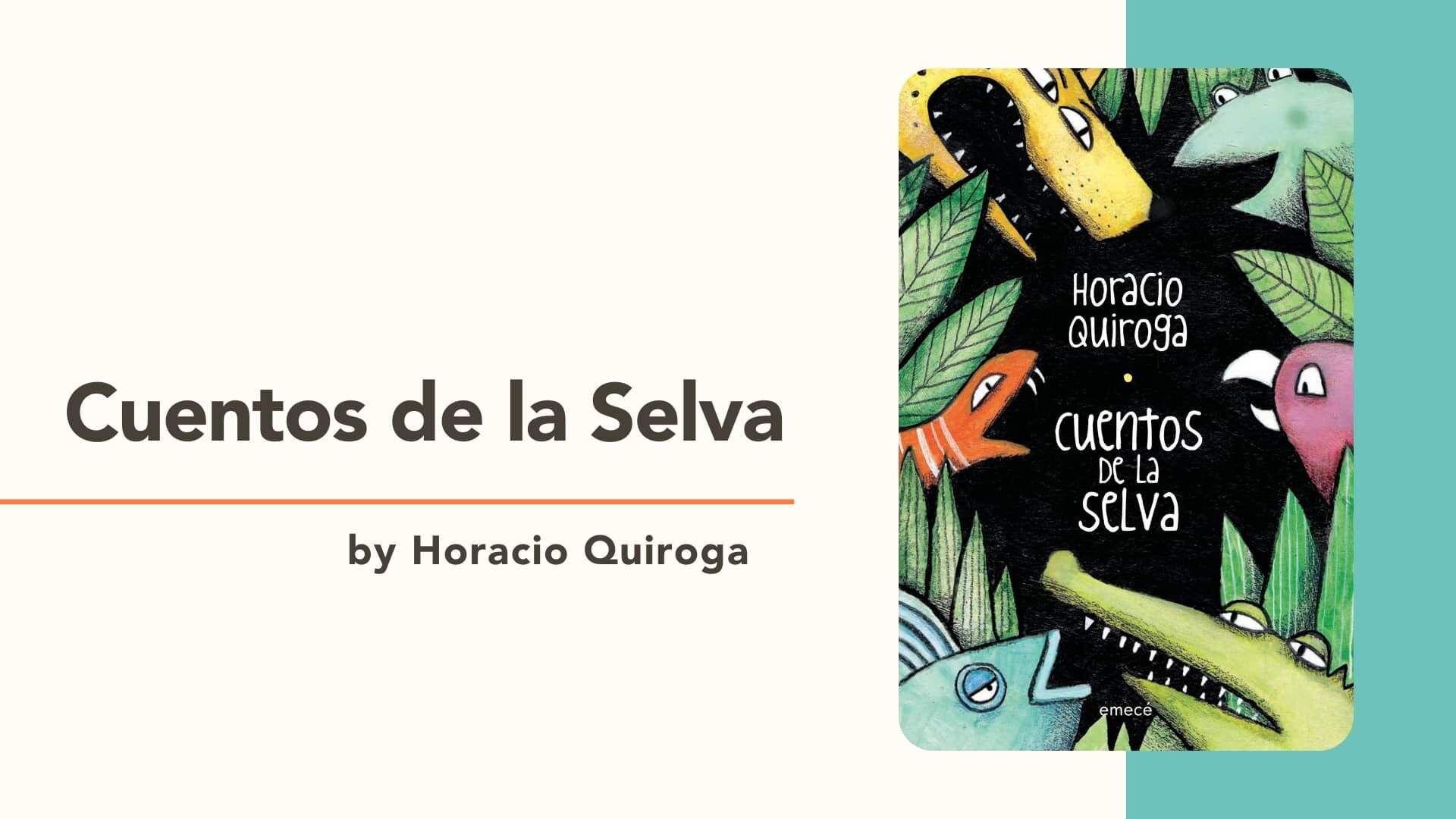
This children’s book, Stories of the Jungle, published in Buenos Aires in 1918 is a great place to start. You’ll learn a lot of basic verbs and animal vocabulary.
It contains eight short stories, each about a different animal in the jungle. It’s a truly beloved Spanish book that is great for beginner readers. Each of the stories are beautifully illustrated and have a great moral to them, just like the fables you may be familiar with.
In addition to being simple stories great for language learners, the author himself has an interesting history that helped convert this book into a classic in Latin America.
Quiroga spent a great deal of his life in the Selva Misionera, in Argentina, which undoubtedly inspired the stories he is so well known for. So naturally, Cuentos de la selva is full of beautiful language that pays homage to Mother Nature.
2. Spanish Short Stories for Beginners by Olly Richards
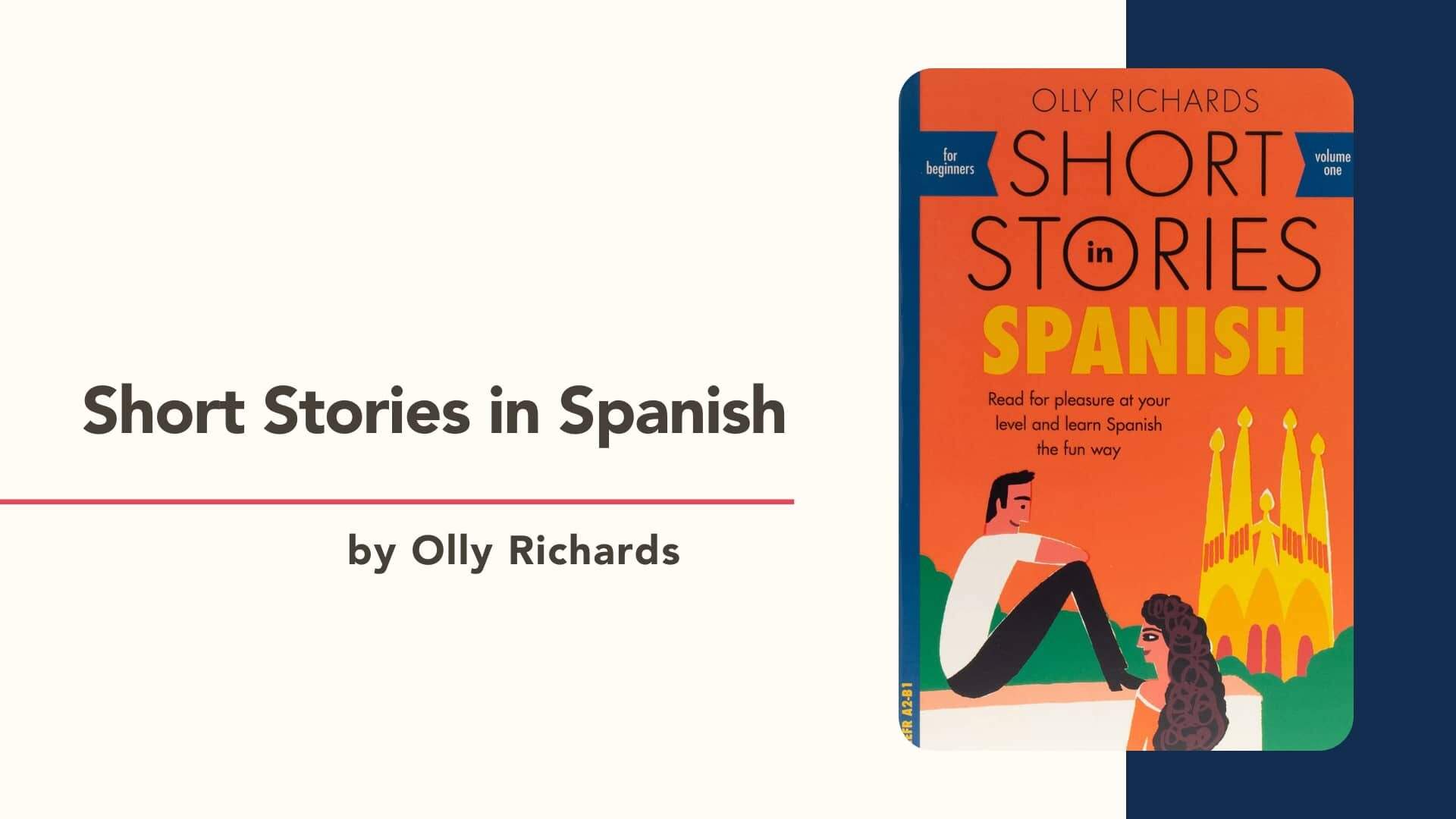
Olly Richards’ short stories are specifically written for a Spanish beginner. This makes it a great book to practice reading in Spanish.
The format of this Spanish book is really what stands out for language learners.
The introduction gives you a step-by-step guide on how to read the book, so you’re more aware of the learning process. The book provides frequent summaries and review sections to make sure that your comprehension is on point.
Since it’s a book specifically for Spanish learners, the grammar is straightforward and easy to understand, so you’ll have no problem learning new Spanish words along the way.
To top it off, the book gets progressively more difficult as you read, so that after each story, you feel a sense of accomplishment as you learn. They’re Spanish stories written to help you improve your language skills and keep you motivated.
So if you’re an absolute beginner and you feel like you need some help, in your own language, when reading – this is a great option.
3. Cajas de cartón by Francisco Jiménez
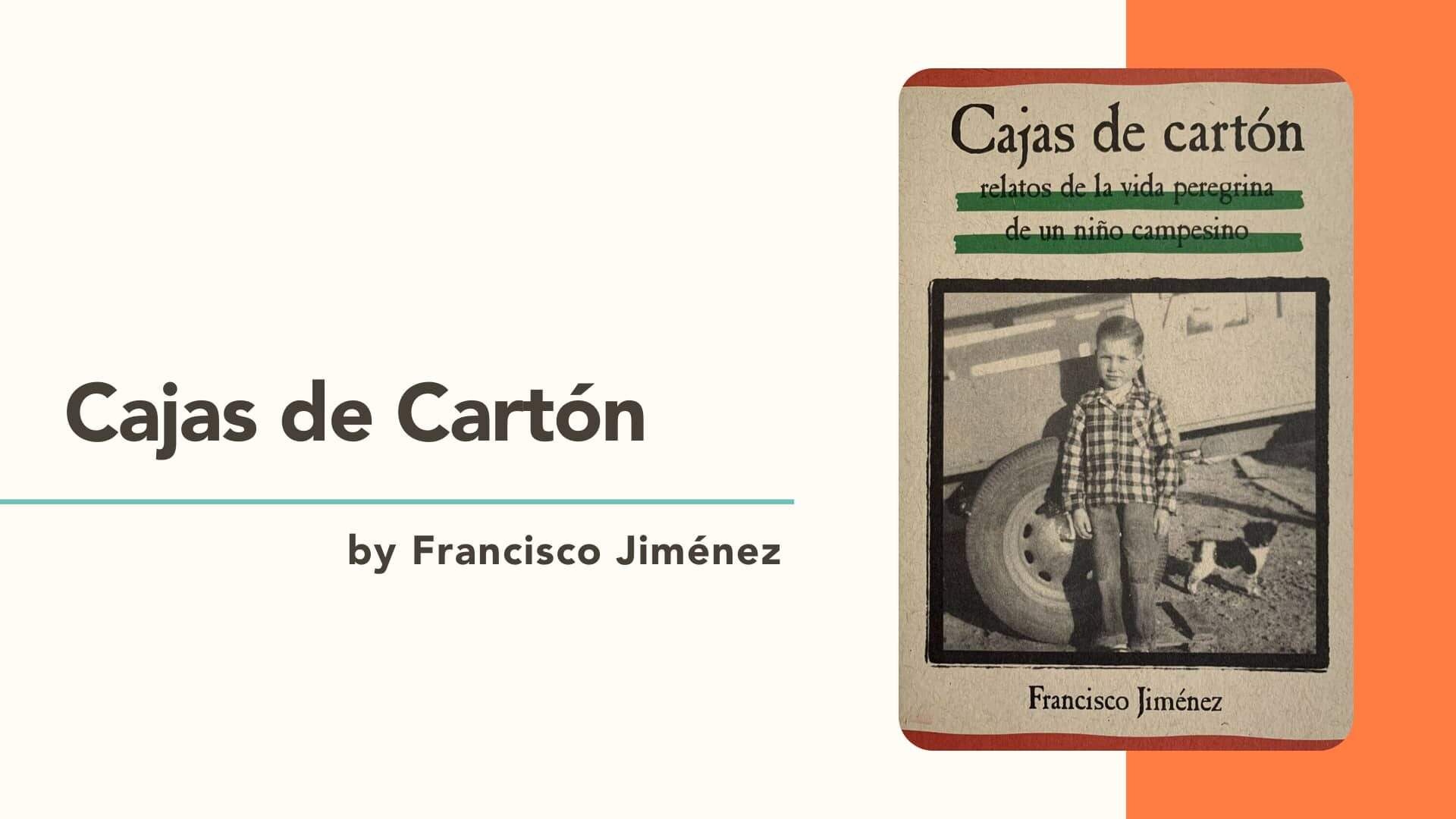
Although this story was originally written in English, it’s a great book to learn Spanish because it’s considered a classic book in Chicana literature. In case you didn’t know, chicano/a refers to someone who lives in the USA, but is of Mexican origin.
The story focuses on a young boy who lives a nomadic lifestyle in the southwestern US, as his family moves around based on the different harvests available for work. It’s a first-person tale that is somewhat autobiographical.
So not only is this novella a great resource to learn Spanish, but you’ll also gain insight into the cultural values of a huge community in the US and what life was like for many during the time period.
It speaks of the everyday life of many Chicanos during the 70s. The first-person descriptions of these events from the perspective of a little boy make it a heartfelt read since you’ll read about difficult experiences told by an innocent narrator.
4. La vida imaginaria by Mara Torres
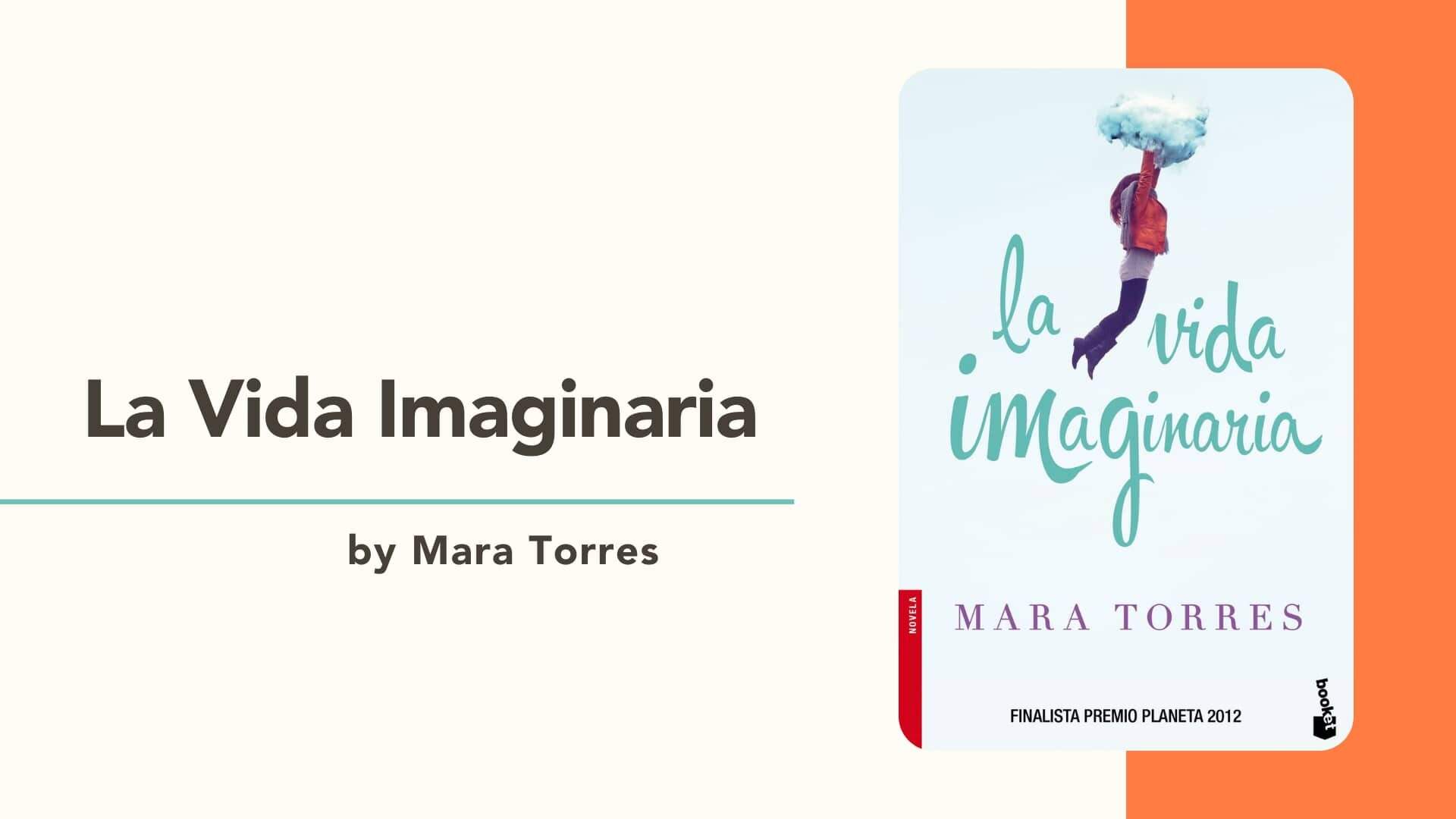
This is a more lighthearted and fun Spanish novel for when you want a quick read. It’s a Spanish text that’s quite short with very simple language, making it perfect for language learners.
The story revolves around the protagonist Nata, who just got dumped by her partner Beto. This contemporary novel then follows all of Nata’s thoughts as she sees her world turned upside-down.
It is told from a first person perspective, which means it’s perfect for beginner learners and it’ll also keep more advanced learners captivated.
La vida imaginaria is a funny and emotional novel that deals with all the ups and downs of a breakup in the form of a confessional tale. It’s great for Spanish speakers and English speakers alike, which makes for an authentic learning experience.
So if you don’t want to practice with a children’s book, this is a great place to start.
5. El principito by Antoine de Saint-Exupéry
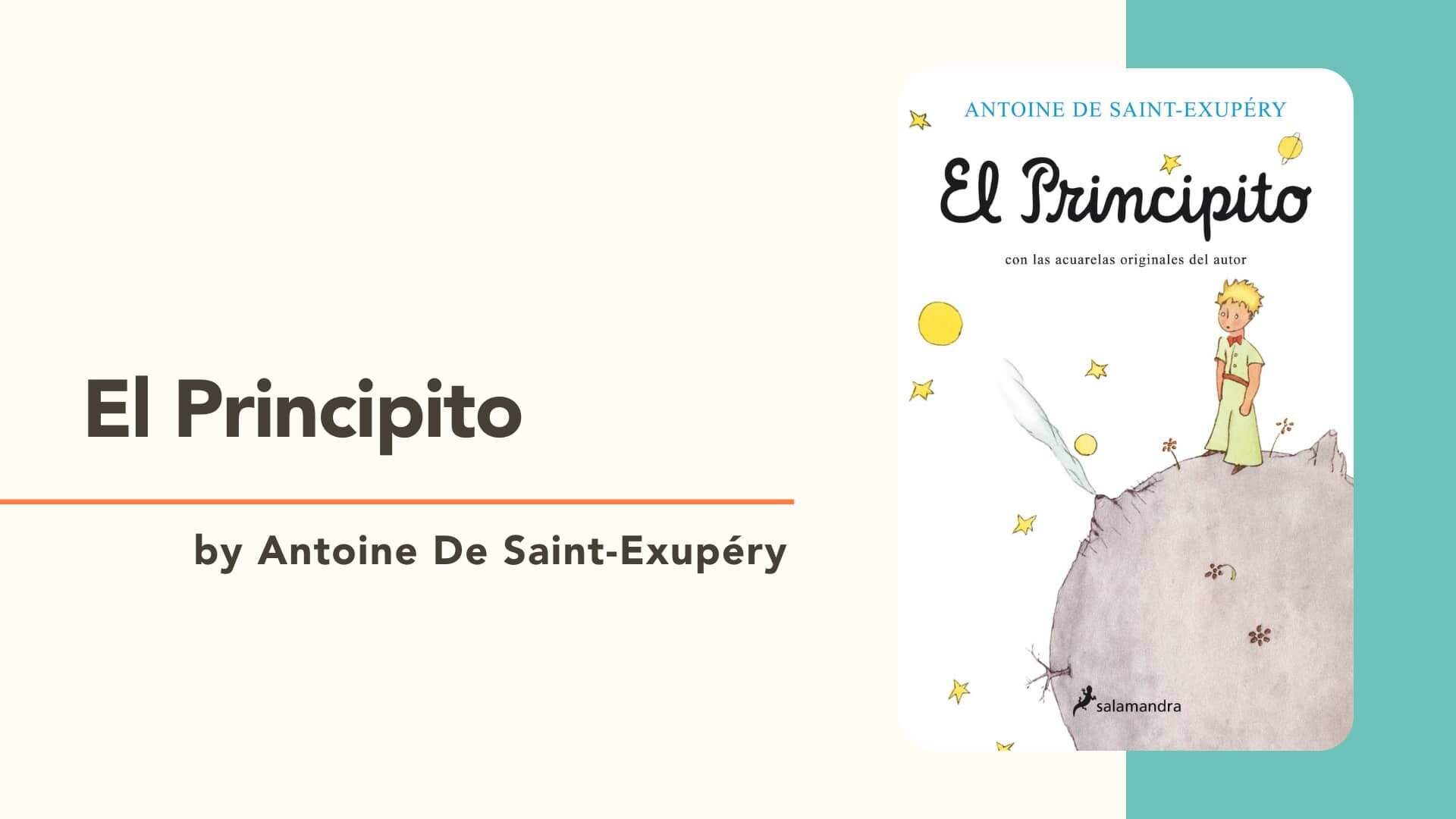
The Little Prince, while originally written in French, is another famous story that’s highly recommended for learners.
The story was originally intended for children, so the language is simple and understandable. However, what makes this book so great is the classic story telling with a deeper meaning.
The story follows a boy, the little prince, who travels to far-off places and different planets, commenting on the ironies of adult life. The tale is full of somber humor, pointing out the contradictions of adulthood and human existence while still being simplistic enough to be a children’s book.
There’s a reason that El principito is one of the best-selling books of all time. It is a timeless tale that comments on life, adults, and human nature.
So if you’ve never read the book before, this is the perfect excuse to do so now. Plus, you’ll definitely have no problem at all getting your hands on a copy.
6. El alquimista by Paulo Coelho
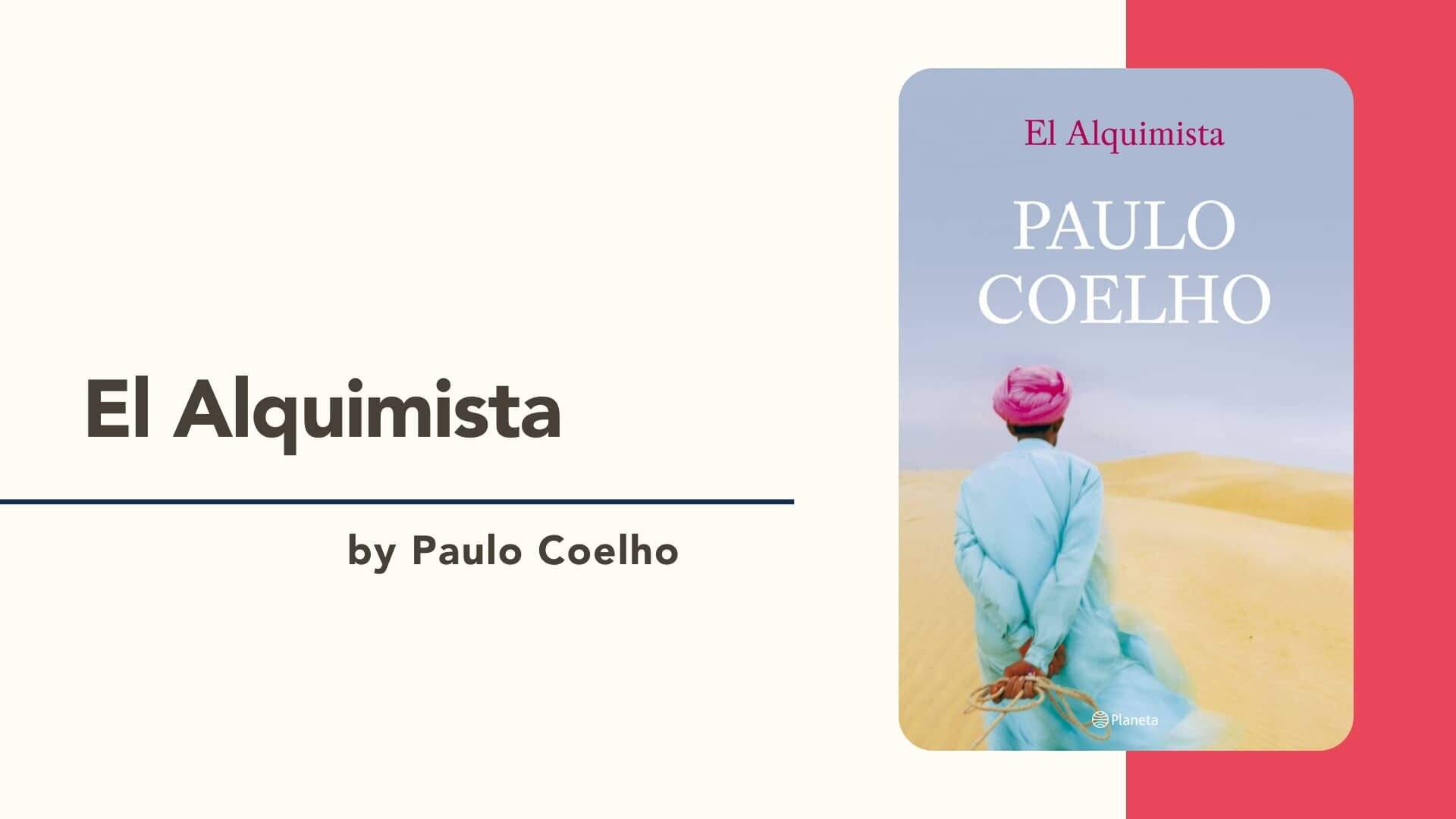
Another honorable mention, is the Spanish translation of The Alchemist is a wonderful story that is great for beginners in the Spanish language.
Though the original version is in Portuguese, the translated copy is still able to capture the same beauty.
This story is great for beginner to intermediate Spanish learners since the overall story is relatively simple, but with more advanced Spanish vocabulary and lots of literary devices.
The plot deals with a young Andalusian shepherd who has a recurring dream about finding treasure in the Pyramids of Giza. After speaking to a gypsy fortune teller, he determines that his dreams are prophetic and embarks on an adventure to find his destiny.
The main theme of the book is about finding your destiny. Such a universal topic is a big reason why it’s been translated to many languages and has become a worldwide best-seller.
For a Spanish learner, the story is easy to connect to and is an engaging tale even for people who don’t enjoy reading.
7. Como agua para chocolate by Laura Esquivel
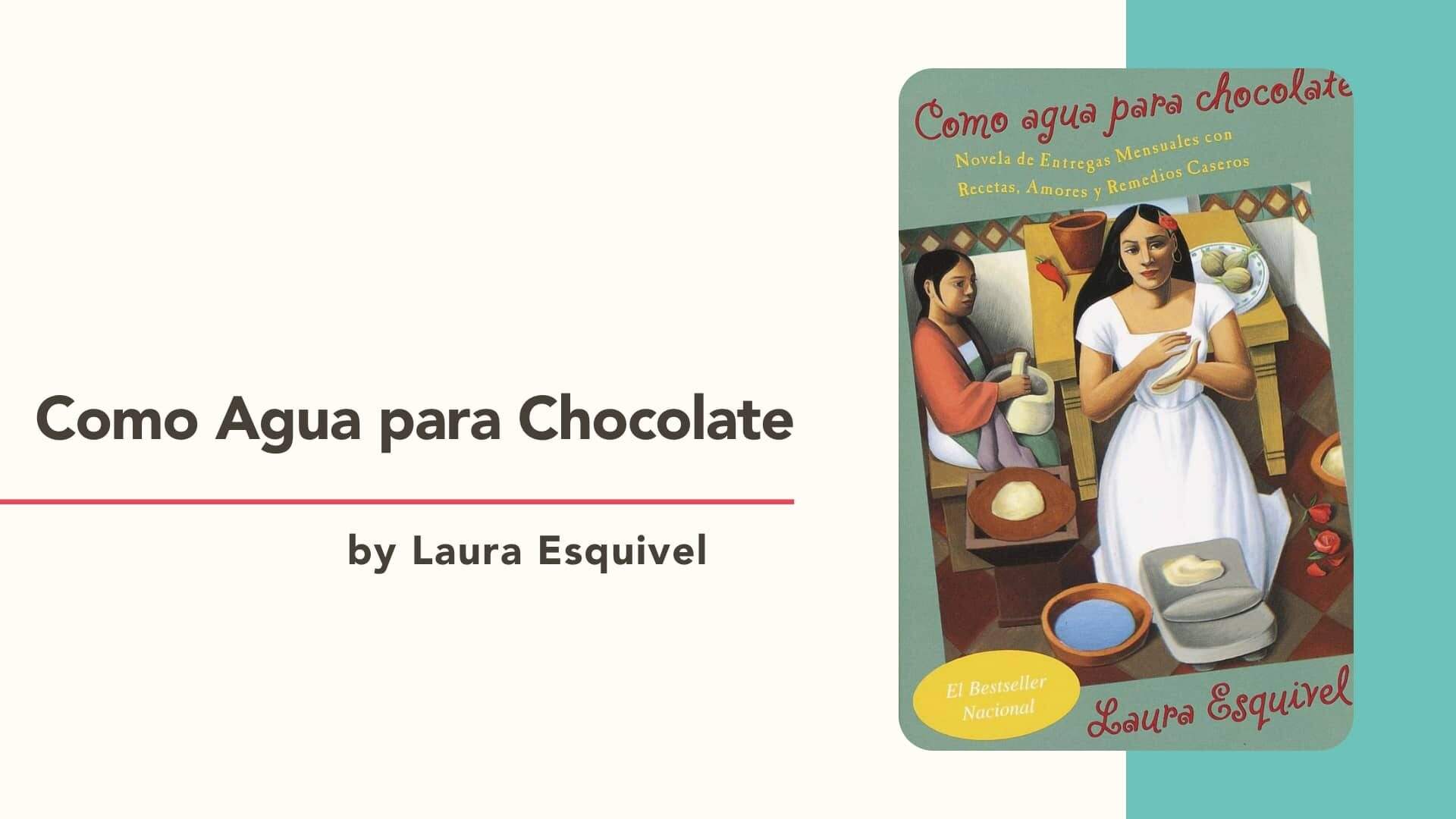
This is a beautiful Spanish story that is perfect for anyone who is interested in Mexican culture, especially culinary traditions. Published in 1989, this book became an instant hit and has even had a film adaptation.
At first glance, Como agua para chocolate is a dramatic love story, full of passion and tragedy. It follows the life of Tita, with the story narrated by her granddaughter. You learn about Tita’s life from her birth up until the climatic end, keeping the reader on their toes for the entire story.
Though the plot itself is captivating, another reason why this book has become a classic is due to it’s clear representation of Mexican culture, especially connected to family and cooking. All of the major events in Tita’s life are somehow associated with her kitchen, highlighting its cultural importance.
This book would be best for intermediate level students. It’s a great novel to read after warming up with some of the easier Spanish books for beginners.
So if you’re in it for the long haul and you really want to master the Spanish language, this is a wonderful story to work up to.
8. El túnel by Ernesto Sabato
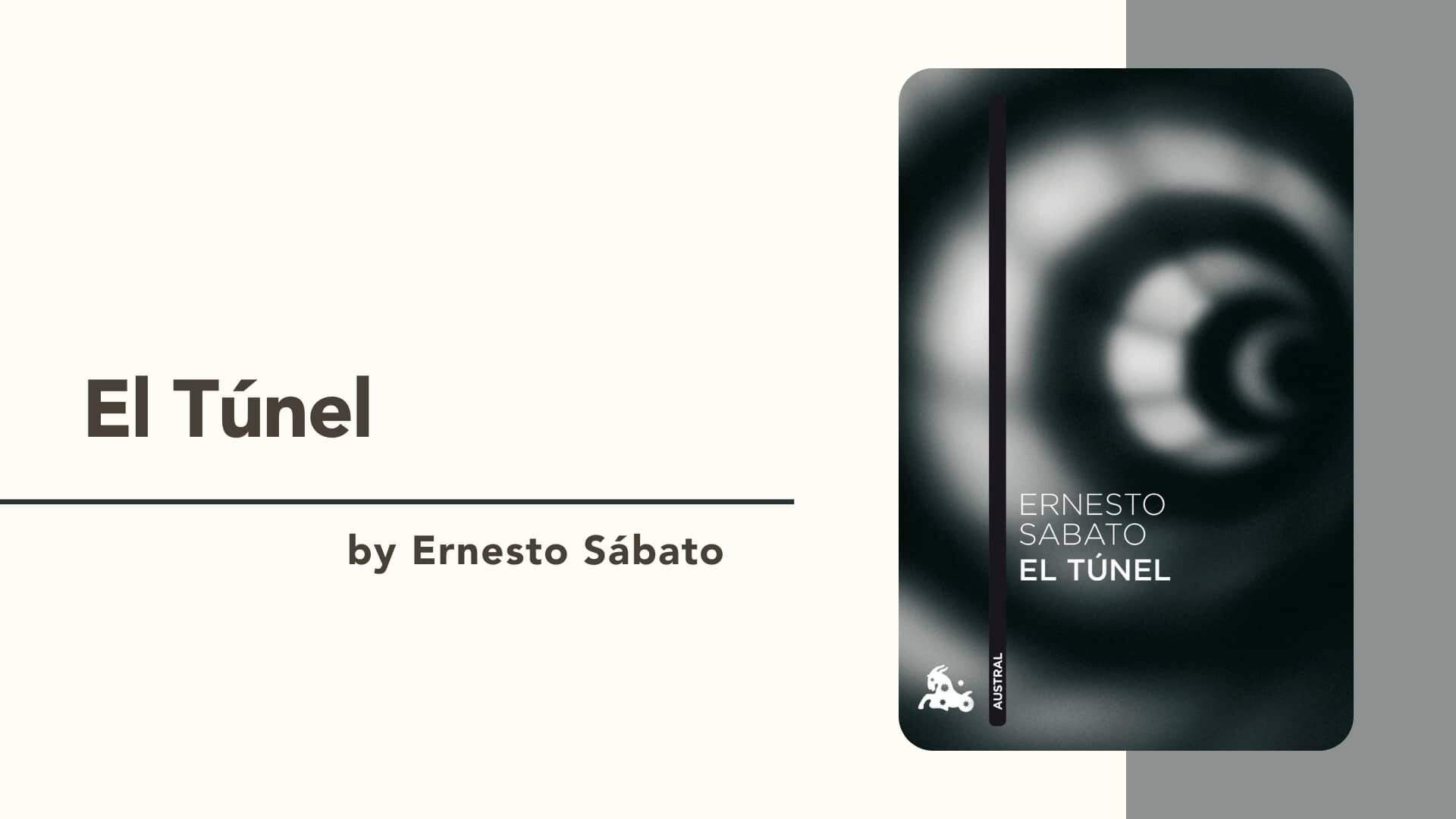
One of the greatest books from Latin America in the last century, El túnel is a psychological thriller that recounts the tale of how an imprisoned man, Juan Pablo Castel, came to murder his lover.
The plot of the story is obviously much darker than any of the other Spanish books on this reading list, with a suspenseful story that handles the worst parts of life. So if you’re the kind of reader that loves crime novels, El túnel will definitely get your attention.
This short novel is also best suited for intermediate learners, since the psychological themes include more difficult vocabulary. However, if you feel like you’re up for the challenge, this Spanish book is one of the highest rated in the language.
9. Aura by Carlos Fuentes

Aura is, without a doubt, one of the most highly regarded books in the Latin American canon. It’s considered one of the most important works in Spanish language to come out in the 20th century, forming part of what is now known as the Boom latinoamericano.
Set in Mexico City in 1962, the story recounts the tale of Felipe Montero, an intelligent historian, who finds a job offer with a great salary to organize and finish the diary entries of a general in order to publish it.
However, Felipe must live in the deceased general’s house with his widow, Consuelo, and his daughter, Aura. The home is mysteriously filled with a mixture of the old and the new. Felipe quickly falls in love with the book’s namesake, but he slowly discovers that not all is how it seems.
This short story is exhilarating and mysterious, meaning that you won’t even realize that you’re actually studying Spanish.
The novella, though a highly recommended read, would be ideal for intermediate learners. The book is full of useful vocabulary that might be too advanced if you’ve just started out and it also has been printed in bilingual edition.
So read some of the earlier mentioned Spanish short stories first and keep Aura as an aspirational book – a challenge for your Spanish skills.
Who doesn’t love using podcasts to learn languages? Check out our list of Best Spanish podcasts to improve your listening skills.
10. Any book you’ve already read in English
Maybe you aren’t feeling up to challenging yourself to read a new book completely in Spanish. That’s completely understandable, but don’t let that keep you from pushing yourself!
Read the Spanish version of one of your favorite books. You’ll already know the plot and the characters and all the twists, so it’ll be a lot less of a mental strain to read and this way you can focus on just acquiring new vocabulary, at your own pace.
This is a very effective technique for learning the Spanish language. Typically if you’re re-reading a book, you’ll maintain interest and won’t become demotivated, so you’ll be able to keep working through the difficult parts.
So take a leap of faith and challenge yourself! You’ll only improve your Spanish if you work on it. Grab a copy of your favorite book and a Spanish dictionary, be an active reader, and enjoy the learning process.

Use what you learned
Now all you have to do is choose a book. This list is a great starting place, but it’s by no means limiting. Everyone has personal preferences when it comes to reading, so find something you’re interested in and give it a try.
Reading is one of the best ways to learn a language. From Day-1 learners to advanced Spanish speakers, literature is one of the most effective ways to improve your skills in the Spanish language.
So go exploring into the literary world and if you want to talk about what you read, go ahead and sign up for a free private class or a 7-day free trial of our group classes.
Happy studying!








